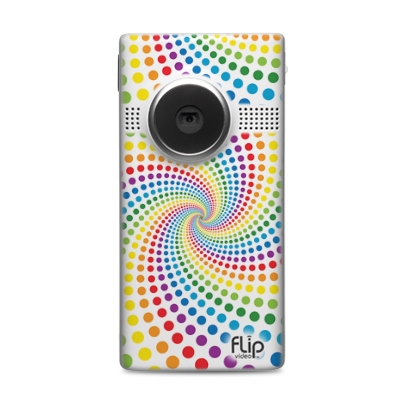

If Cisco had focused on optimizing the high end of its Flip camera line, it would've offered a compelling reason to buy a Flip versus a smartphone or iPod. For the same price, a low-end iPod Touch includes 8 GB of storage, 720p video, an internet connection and access to hundreds of thousands of apps in the App Store. The high-end Slide HD ($230) includes 16 GB of storage, 720p video and 2x video zoom. No Compelling High-End OptionĬisco's line of "high-end" Flip products are yawn-inducing. At this point, smartphones are already too far ahead, with popular social media apps such as Instagram and Ustream making them even cooler. To be fair, evidence shows Cisco was trying to ship a Wi-Fi–enabled Flip, but it moved too slowly. Cisco could've bolstered an internet-enabled Flip with a unique social network made just for Flip users. Because the Flip lacked a wireless connection to the internet, this was another reason to just buy a smartphone.įurthermore, Flip customers didn't particularly have anywhere they belonged to feel special. These days, people like to share their media wherever they are, when it's happening. That's old-school, PC-centric social networking. Instead, existing Flip camcorders require a wired connection to a PC in order to transfer the files and upload them to a website. You'd think that would be an easy addition, considering that Cisco is a networking company.Īfter Apple released the video-equipped iPhone 3GS, Cisco should've quickly shipped a Wi-Fi–enabled Flip for customers to immediately shoot and post media on social networking sites such as Flickr and YouTube. To make that work, the Flip would have required an internet connection. The Flip probably wouldn't have been murdered so easily if Cisco had caught on to something that's been trendy for years: real-time social networking.

A slew of general-purpose devices made the Flip irrelevant.

Suddenly, the notion of carrying around a cheap camcorder in addition to a general-purpose smartphone or iPod seemed impractical - extra bulk in your pocket. The iPhone 4 and others brought HD video recording to smartphones, eliminating the Flip's last possible advantage. Why buy a cheap camcorder if you could buy an iPod Nano that shot video, too? In addition to the Nano, Apple had already released the iPhone 3GS, also capable of capturing standard-definition video.Įventually, a slew of Android smartphones also shipped with video-capable cameras, and so did Apple's iPod Touch.


 0 kommentar(er)
0 kommentar(er)
